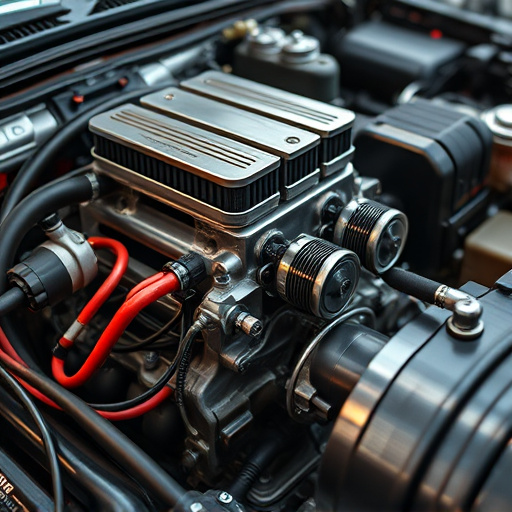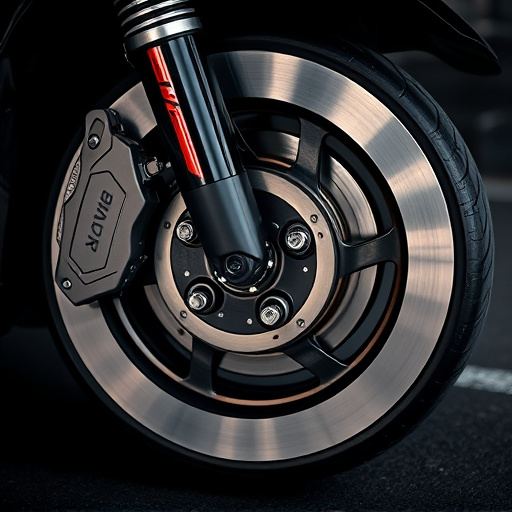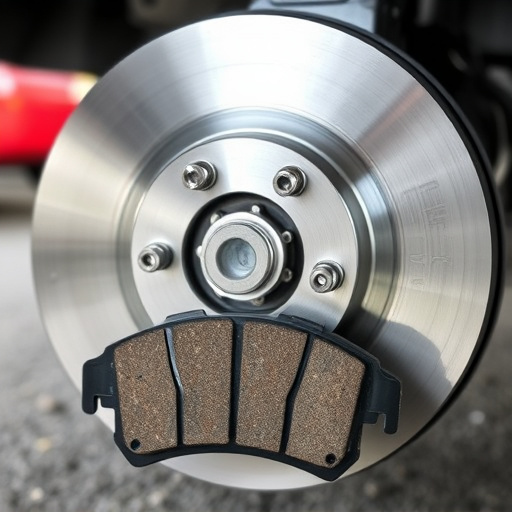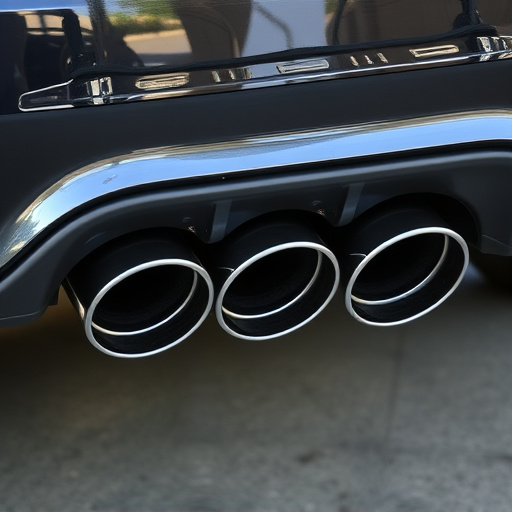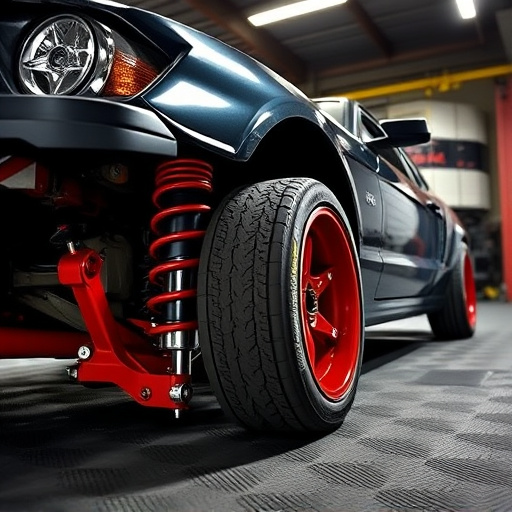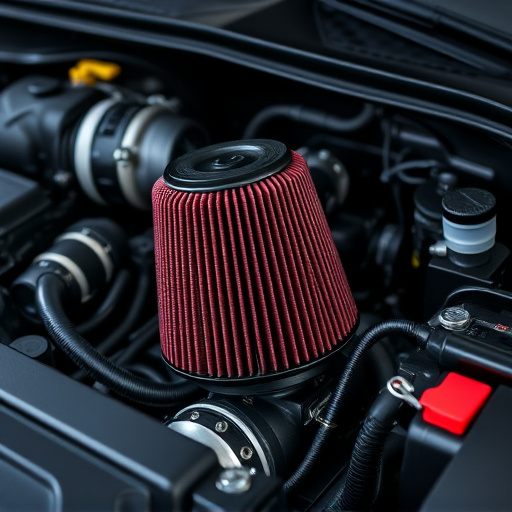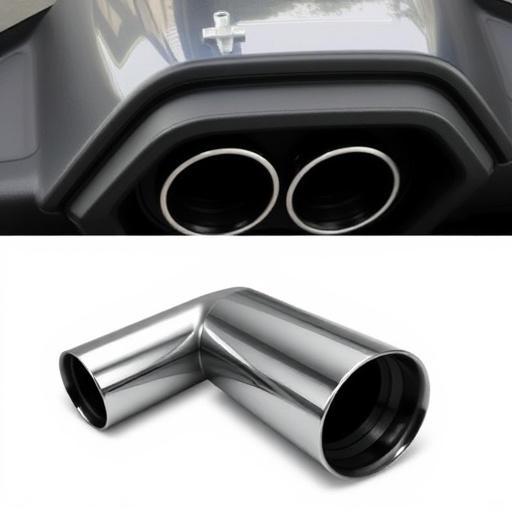Exhaust systems for cars expel burnt gases from engines via interconnected components. Noise reduction is crucial, achieved through mufflers, resonators, and materials that absorb sound waves, adhering to legal limits. Enhancements like air intake systems and coilover kits optimize performance while maintaining quiet operation, supporting environmental regulations. Design choices, including materials and layout, impact noise levels, with tailored setups balancing performance and desired sound profiles.
Exhaust systems for cars play a crucial role in more than just enhancing engine performance. The components within these systems are designed to manage and reduce noise emissions, ensuring quieter drives for passengers and neighboring communities. This article delves into the intricate world of car exhaust systems, starting with their basic functionality. We’ll explore how various parts contribute to noise reduction and analyze the significant impact design choices have on the sound levels cars emit.
- Understanding Car Exhaust Systems: Basic Functionality
- The Role of Exhaust Components in Noise Reduction
- Impact of Design Choices on Sound Levels Emitted
Understanding Car Exhaust Systems: Basic Functionality
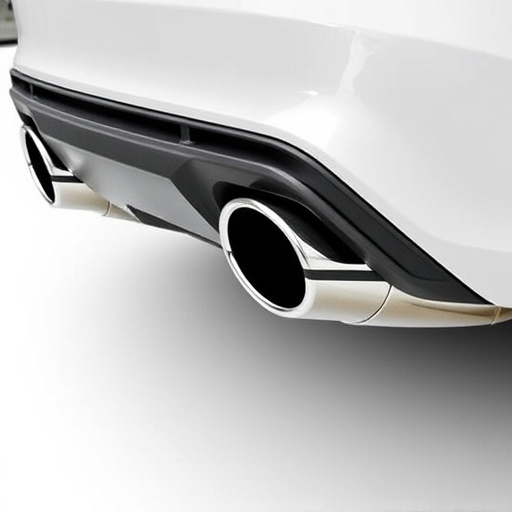
Car exhaust systems are designed to expel burnt gases from the engine, a fundamental process for any vehicle’s operation. At its core, an exhaust system consists of several components working in harmony. The process begins in the combustion chamber where fuel and air mix and ignite, generating heat and pressure that forces exhaust gases out through the cylinders. These gases then travel through pipes and headers before reaching a muffler, which is responsible for reducing noise levels. After passing through the muffler, the now cleaner exhaust gases exit the vehicle via a tailpipe.
Understanding how these components interact is crucial when considering the impact on sound levels. While a well-designed exhaust system contributes to a smooth and efficient drive, modifications often sought after by car enthusiasts using high performance parts like coilover kits or upgrading brake pads can alter this balance. These changes may lead to enhanced engine sounds, but they also require careful consideration to ensure noise pollution doesn’t become a concern, especially in urban areas.
The Role of Exhaust Components in Noise Reduction
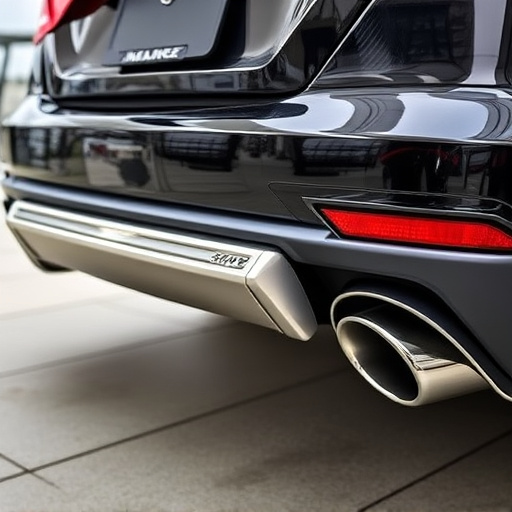
Exhaust systems for cars play a significant role in noise reduction, working in tandem with various components to regulate and minimize vehicle sound levels. The primary exhaust components, such as mufflers and resonators, are designed to muffle high-frequency noises produced by the engine, contributing to a quieter ride. These parts use specialized materials and chambers to absorb and dissipate sound waves, ensuring that only permissible noise levels escape the vehicle.
Additionally, the integration of air intake systems and coilover kits within exhaust systems can further enhance noise reduction capabilities. By optimizing the airflow and enhancing vehicle performance, these components contribute to a more refined and subdued exhaust note. This holistic approach not only improves passenger comfort but also aligns with environmental regulations by promoting quieter and cleaner vehicles on the road.
Impact of Design Choices on Sound Levels Emitted
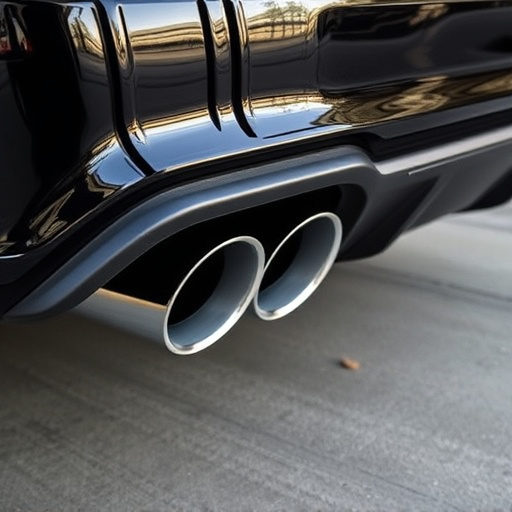
The design choices in exhaust systems for cars play a significant role in determining the noise levels they produce. The layout and components within the system can significantly alter the sound emitted, affecting both the decibel level and the tonal quality. For instance, the use of different materials like stainless steel or aluminum can result in distinct acoustic properties, with some materials resonating at specific frequencies, contributing to either a deeper or sharper exhaust note.
Additionally, factors such as the length and diameter of the pipes, the number of bends and curves, and the presence of mufflers and other noise-dampening components all influence sound levels. Performance exhaust systems, for example, often prioritize power and efficiency over noise reduction, leading to more aggressive sound profiles. In contrast, some drivers opt for tailored exhaust setups that balance performance with a more subtle or desired sound, using air filter kits or carefully designed muffler configurations to achieve their preferred exhaust note while adhering to legal noise regulations.
Exhaust systems for cars play a vital role not just in facilitating engine performance but also in managing noise levels. By understanding the interplay between different components and design choices, car manufacturers can create more efficient and quieter vehicles. The components within these systems are meticulously engineered to reduce noise, ensuring a smoother and more pleasant driving experience without compromising power or efficiency. This knowledge is crucial for navigating the balance between performance and acoustic comfort in modern automobiles.




